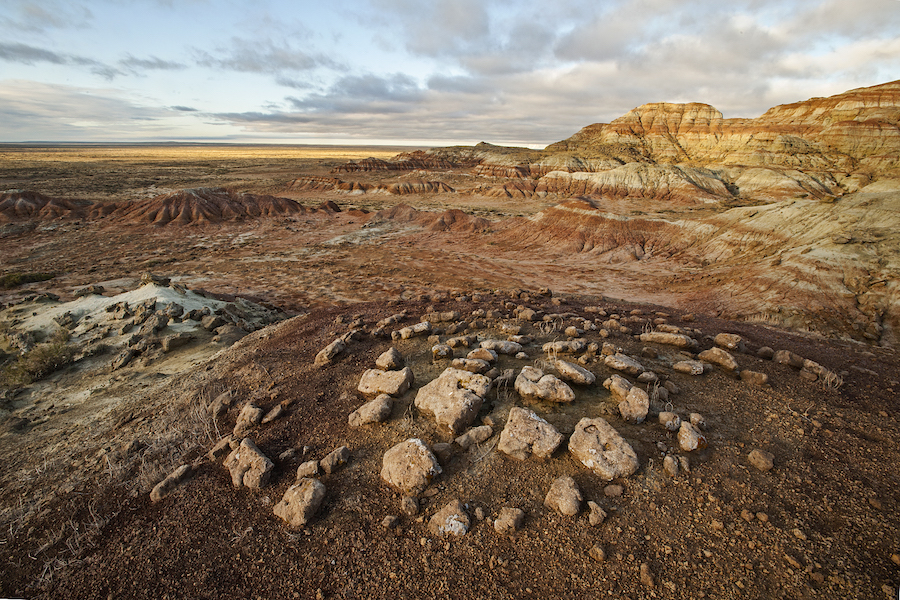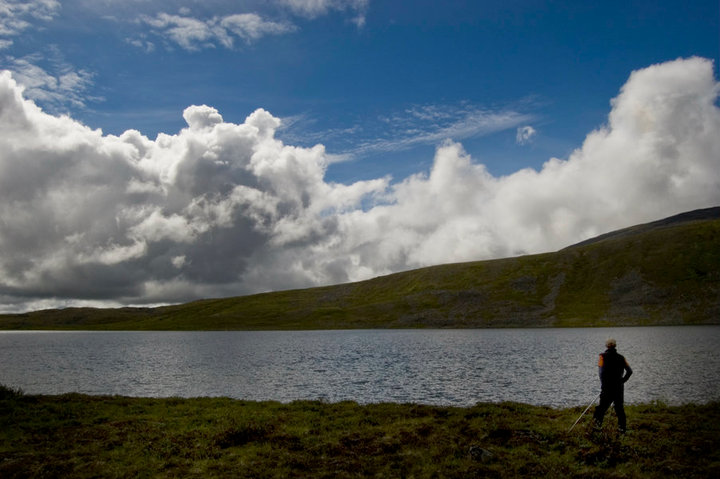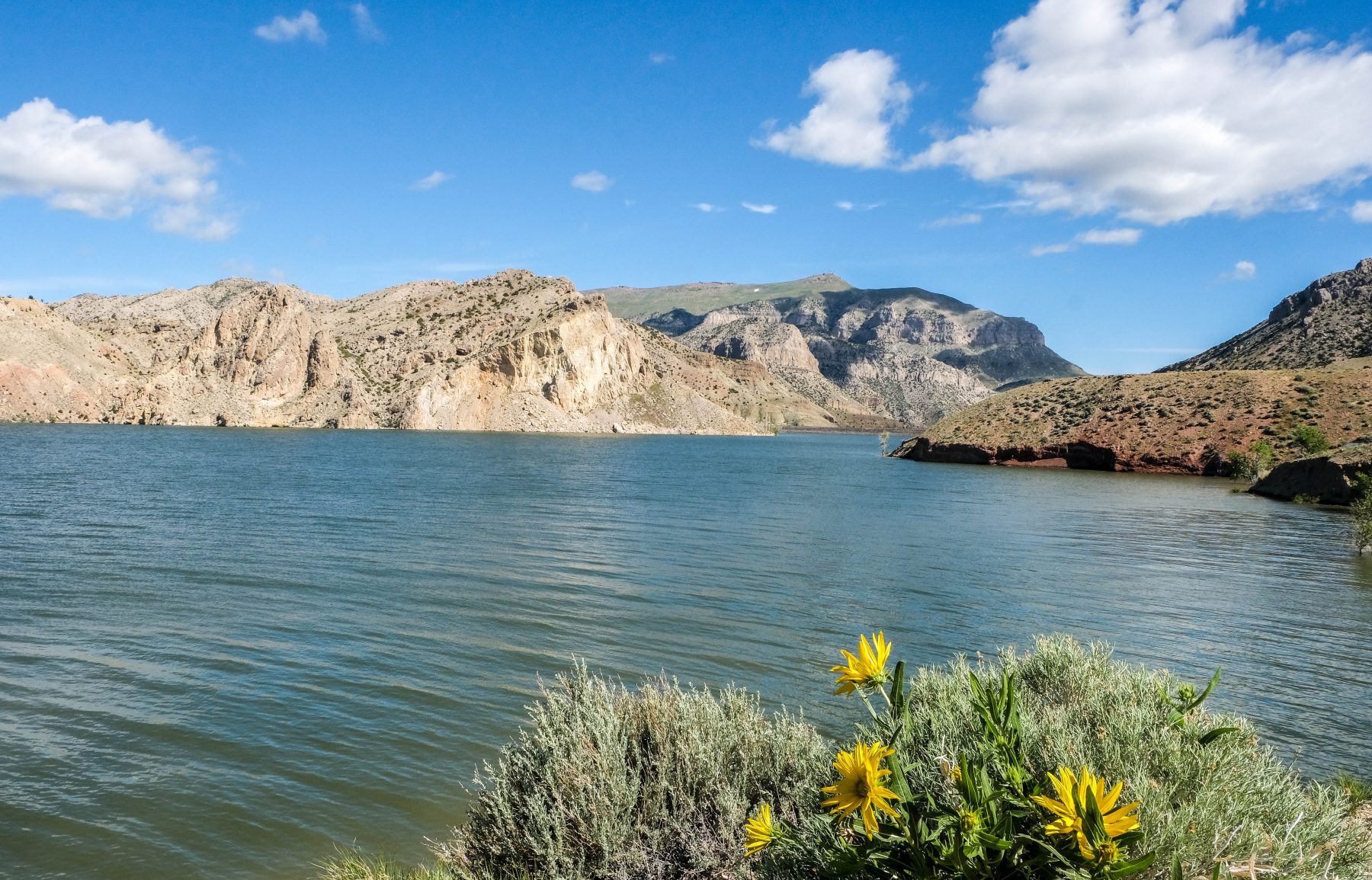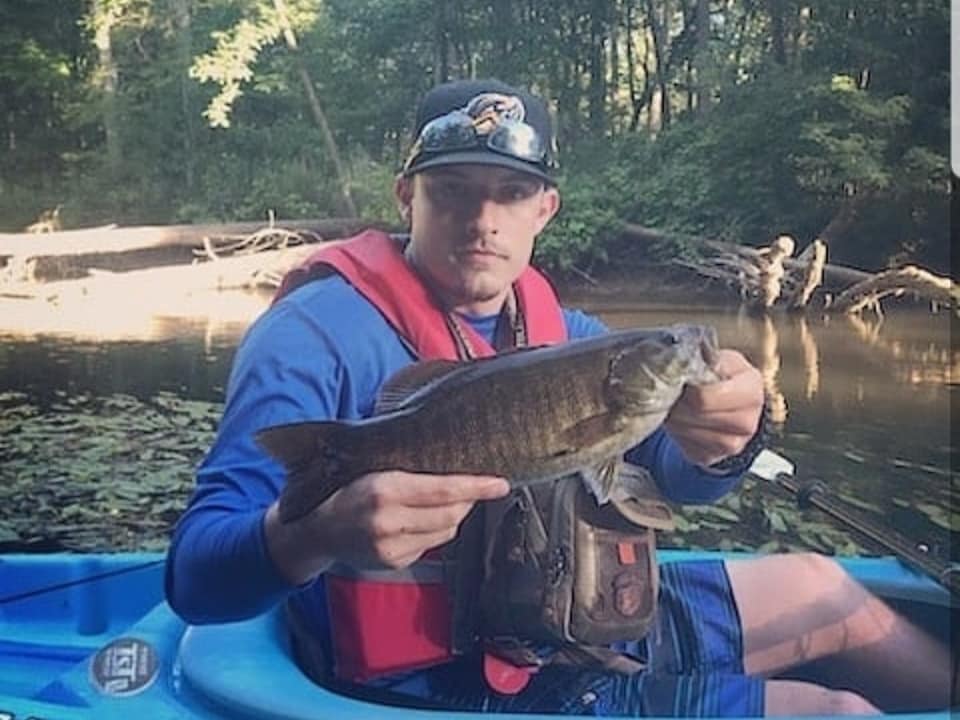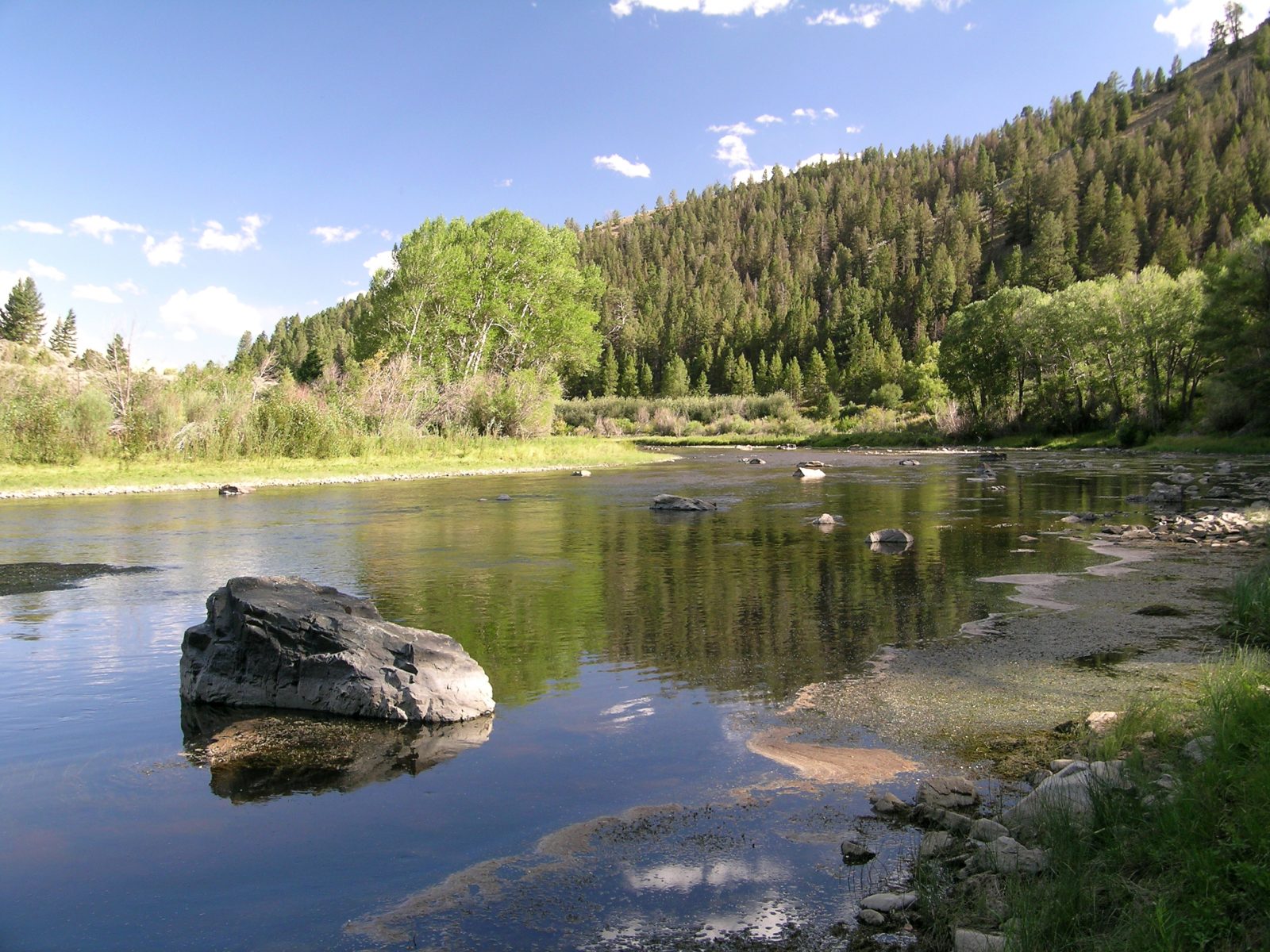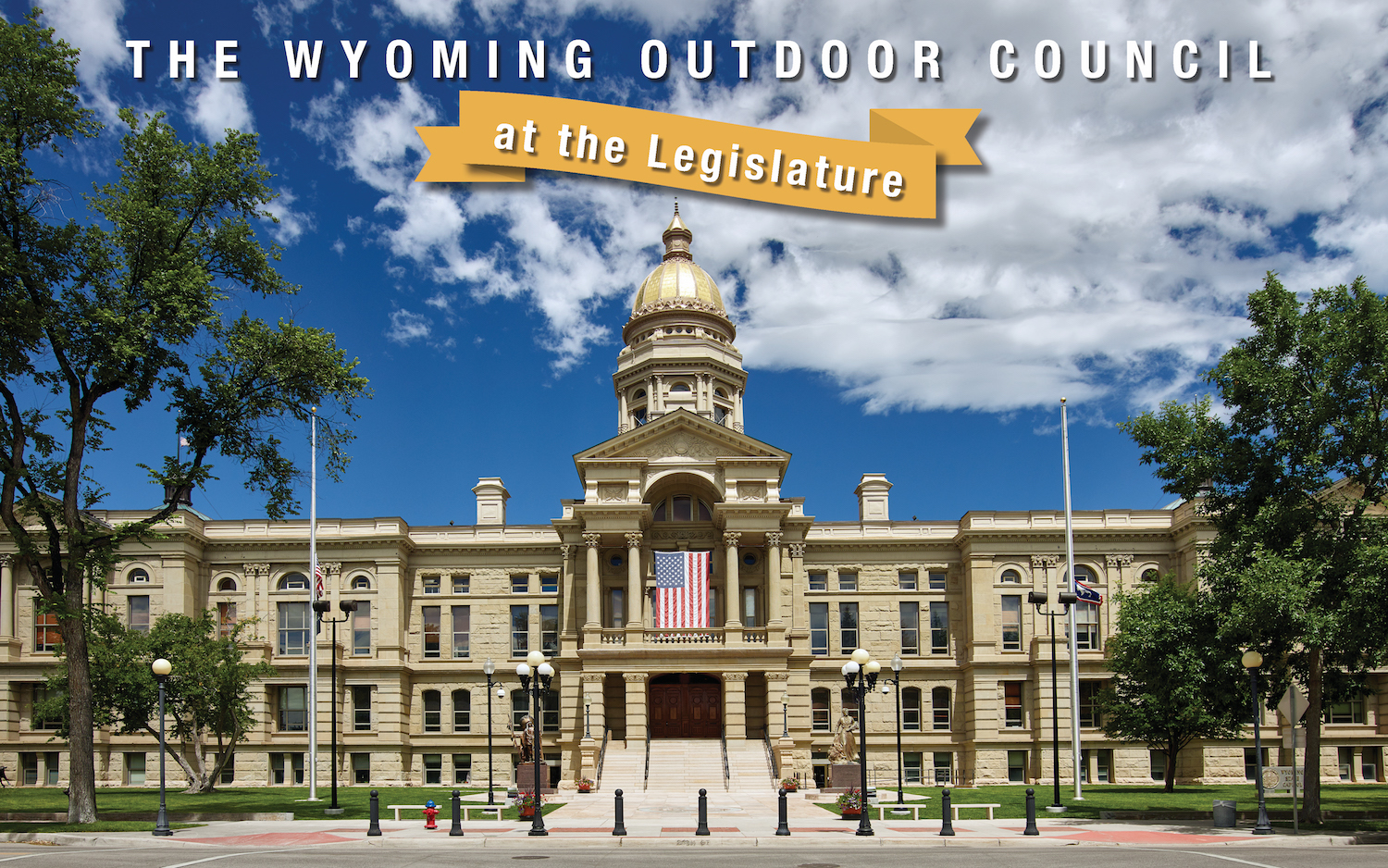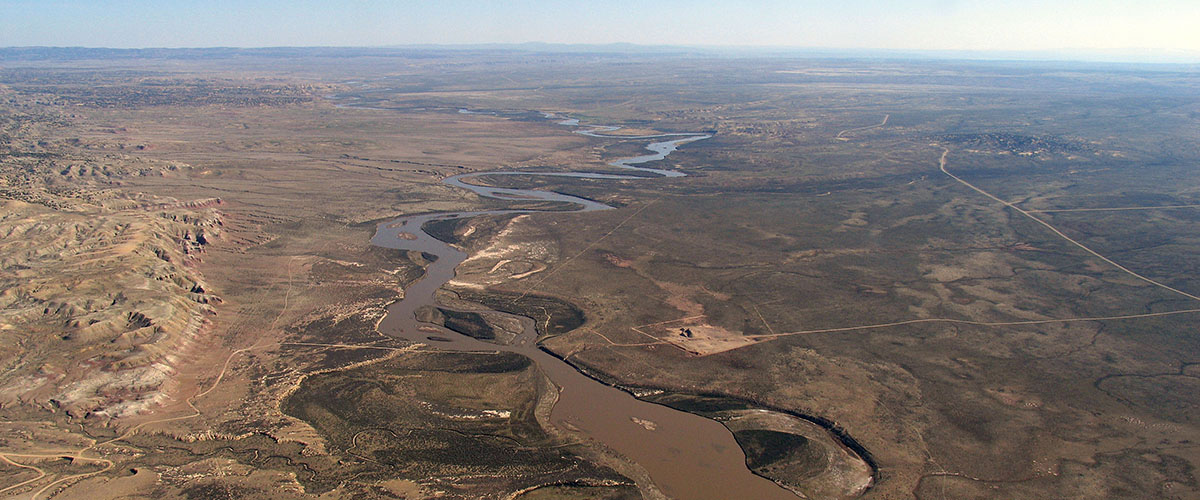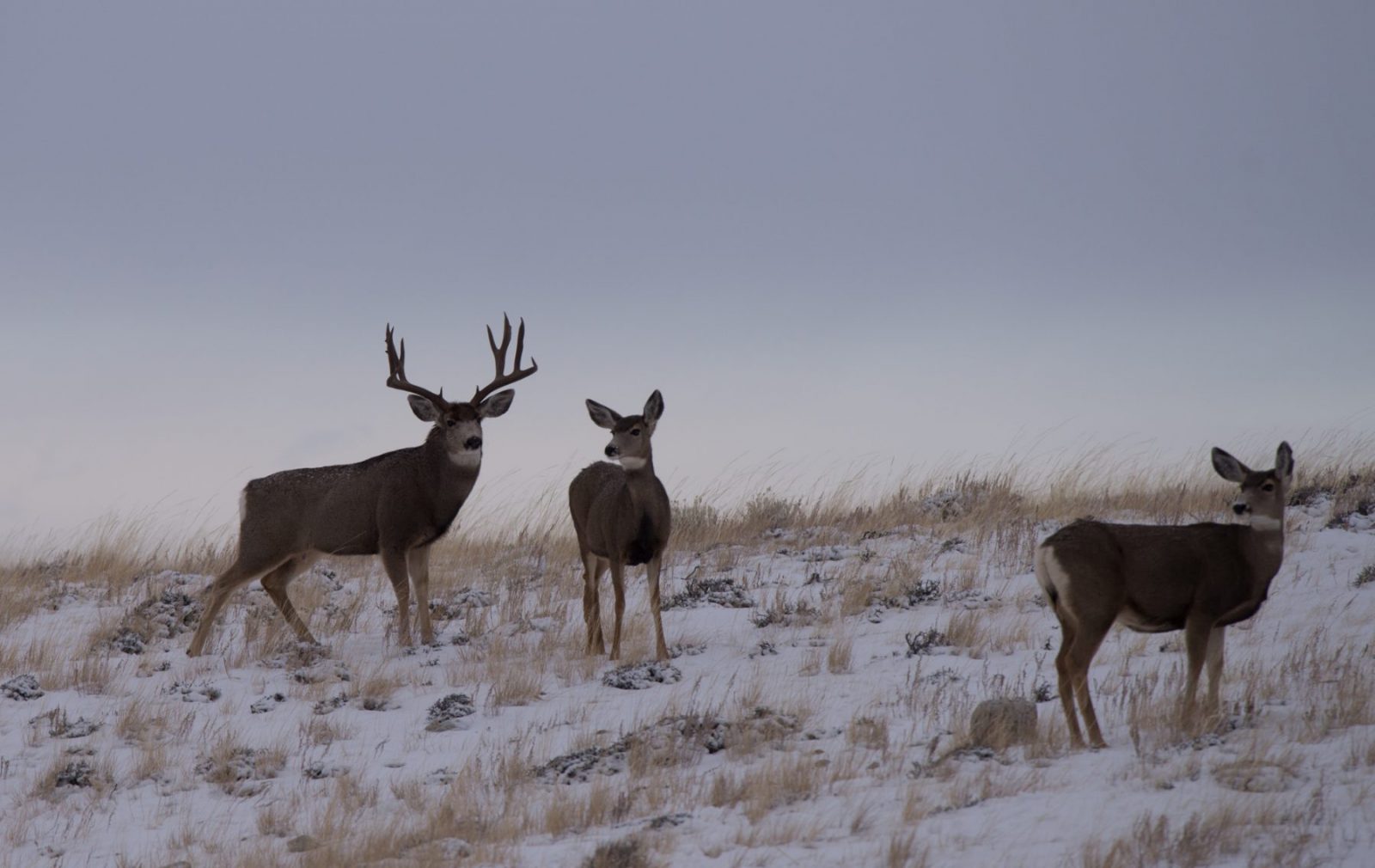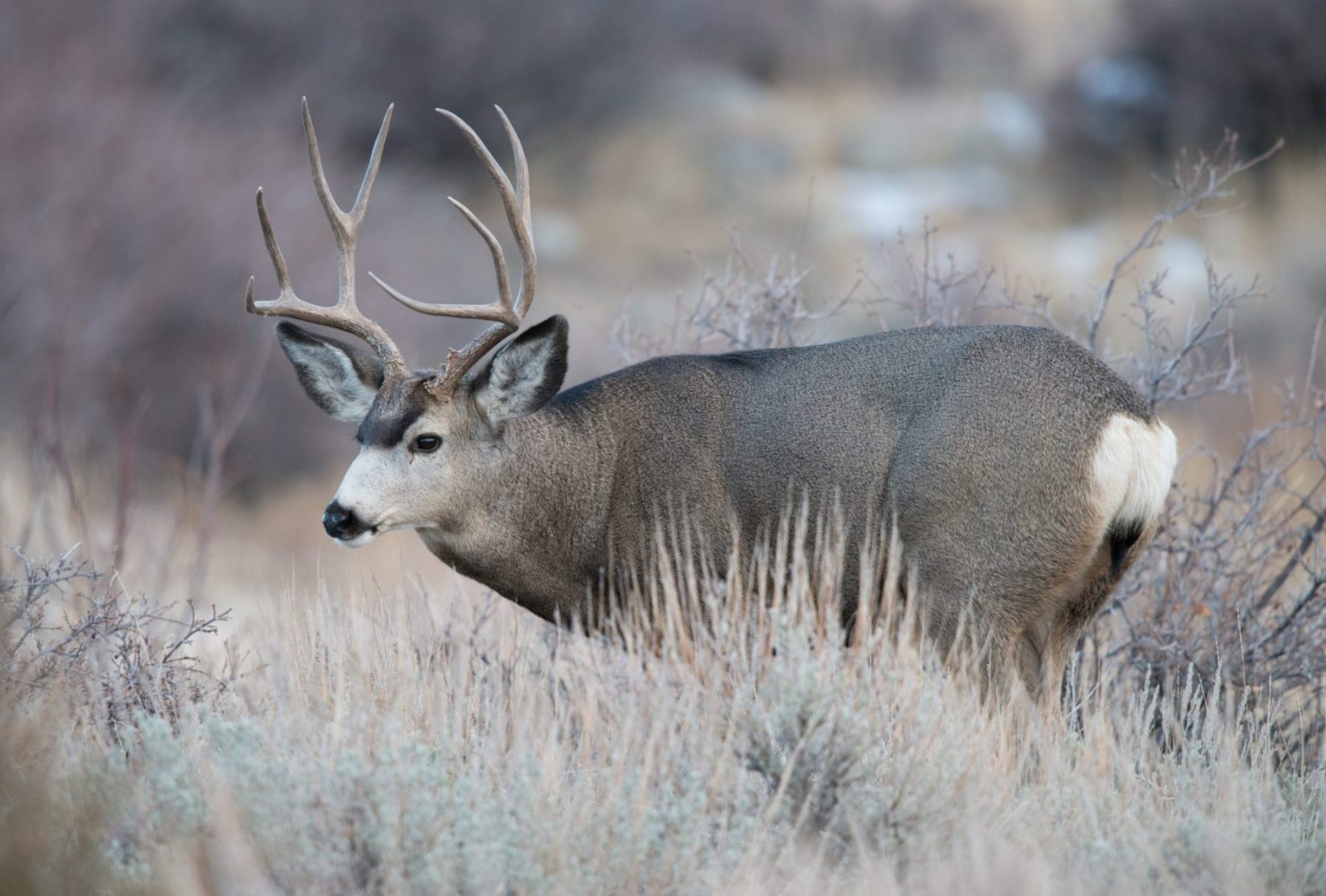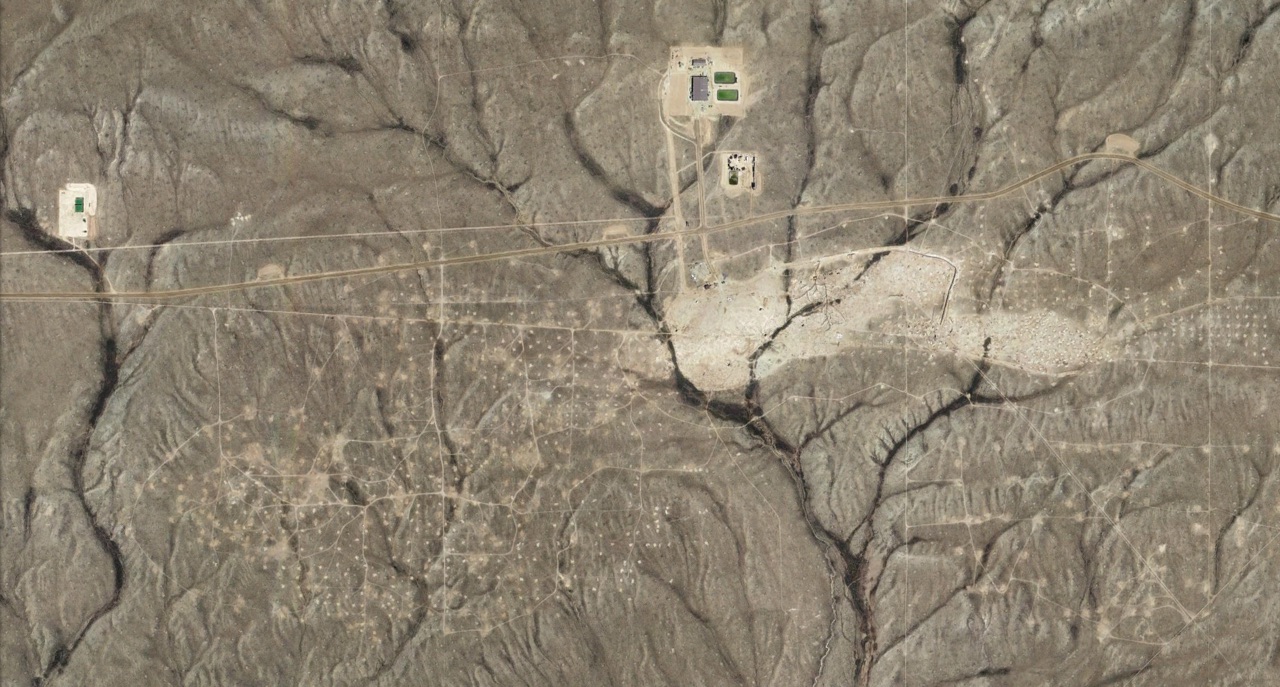Southwest Wyoming and the northern Red Desert are known for iconic geologic features and breathtaking landscapes that look much the same today as they did millennia ago: Adobe Town, the Killpecker Sand Dunes, Boars Tusk, White Mountain. The Golden Triangle at the base of the Wind River Mountains is one of the most important Greater sage-grouse habitats on earth, and the ancient Red Desert-to-Hoback mule deer migration — the longest in the world — is anchored here.
Wyoming residents have worked together for decades to find ways to protect these special places while enjoying a landscape that, at 3.6 million acres, is big enough to also support motorized use, grazing, and energy development. But now the U.S. Interior’s Bureau of Land Management is poised to strip the hard-fought protections that allow for multiple use in favor just one: oil and gas development.
“This is a landscape that can accommodate many uses,” Wyoming Outdoor Council Conservation Advocate John Rader said. “We have vast open spaces where families can recreate, where we can celebrate our outdoor heritage. There are also places where development is permitted right now. So we’re striking a balance. We have a working landscape that really applies the multiple use approach. We don’t want to sell that out for a single use.”
Local voices lost
Every twenty years or so, the BLM revises its “resource management plans,” which guide how the agency prioritizes uses and protections for particular places. The current plan, in effect since 1997, protects unique places like Steamboat Mountain, the South Pass Historic Landscape, and National Historic Trails, while allowing development in other areas. A revision has been underway for nearly 10 years, and the last time the public was allowed to weigh in was 2011.
Unfortunately, amid continuous delays and changing administrations, the voices and values of Wyoming residents have been lost in the revision effort. Now, under a directive straight from Washington, D.C., the BLM has indicated it will throw out most of the existing multiple-use protections — which were developed in cooperation with Wyomingites over decades — to prioritize energy development alone. That means hunting, recreation, conserving vital wildlife habitats, and preserving cultural and historic sites will all take a back seat to energy development.
If you hunt those herds, if you hike out in those badlands, if you fish those streams, it’s going to affect you personally.”
— JOHN RADER, WYOMING OUTDOOR COUNCIL
“Here we are almost a decade later, and we’ve got an administration that wants to strip all the protections for the whole area,” Rader said. The people of Wyoming have agreed that there are some places, some values, that are more important. We recognize the importance of energy development here, absolutely. But there are other values at stake. There’s our way of life.”
Tell local officials: top-down doesn’t work for Wyoming
Despite the slow, muddled revision process, the Outdoor Council continues to work with conservation partners, counties, and others to urge the BLM to honor our shared values in Wyoming. Your voice is crucial, too.
Right now, as the BLM prepares a final draft of the far-reaching plan that will guide how 3.6 million acres of Wyoming’s most special places are managed for the next 20 years, local governments and elected officials in southwest Wyoming have a seat at the table.
And they need to hear from you.
If you live in southwest Wyoming, please contact your city officials, your county commissioners, and your conservation districts. Tell them that Wyomingites care deeply about the special places in this corner of the state, and that our livelihoods and our way of life here will be undermined by a major overhaul in favor of a single use. Ask them to let southwest Wyoming continue to be a working landscape that balances a full spectrum of uses. And if you live anywhere in Wyoming, consider sending Gov. Mark Gordon the same message.
“We like it the way it is,” Rader said. “We like being able to go out into the Red Desert and explore and hunt, we like being able to hike in the Big Sandy Foothills. And we don’t want a top-down approach from D.C. to come in and take those things away from us.”
To find out how to contact your local officials who can urge the BLM to maintain your outdoor heritage in southwest Wyoming, visit our Public Lands page.


